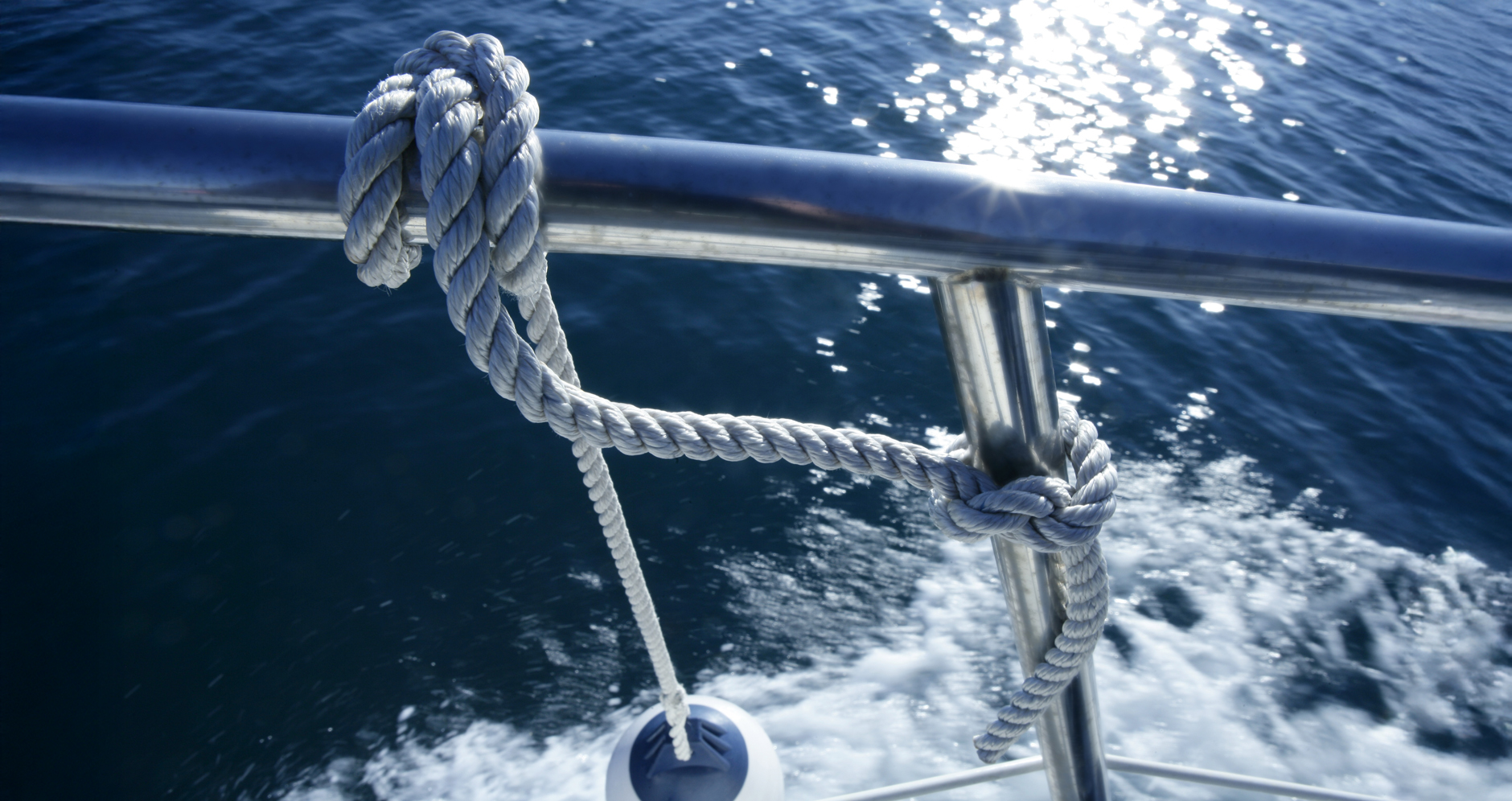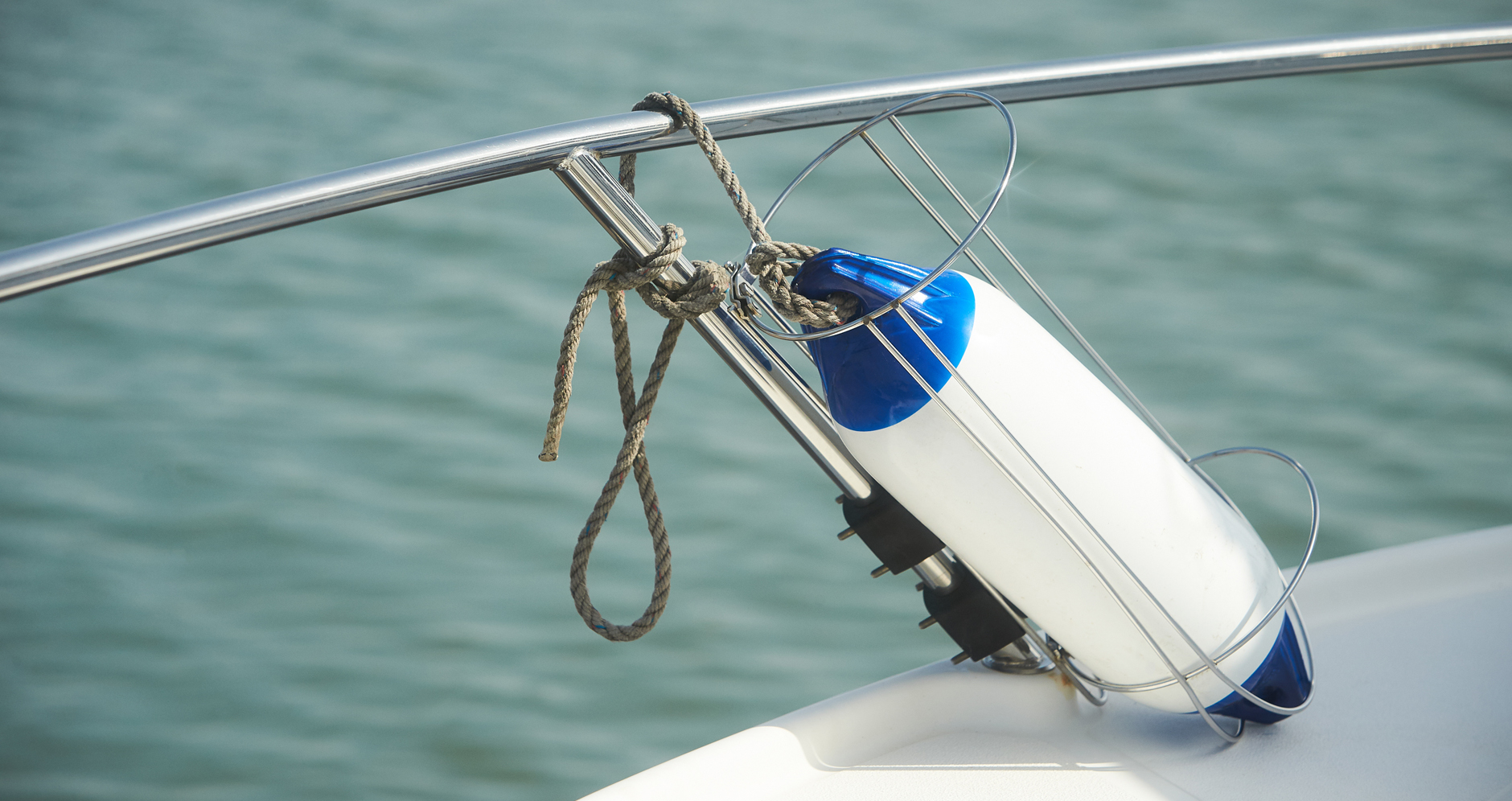Protecting your boat from scrapes, dents, and dock damage is essential for keeping it in tip-top condition—and that’s where boat fenders come in. These cushioned bumpers act as shock absorbers between your vessel and docks, pilings, or other boats. But even the best fenders won’t do their job properly if they aren’t tied and positioned correctly. Knowing how to secure them with the right knots, at the right height, and in the right locations is a fundamental skill every boater should master.
This guide walks you through everything you need to know about tying boat fenders—from choosing the right type of fender to learning which knots to use and how to properly place them for maximum protection.
Boat fenders are durable, cushioned bumpers designed to protect your vessel from impact when docking or rafting alongside another boat. Acting as shock absorbers, they absorb the force of contact and take the brunt of bumps and scrapes, preserving your gelcoat and preventing structural damage to both your boat and whatever you’re tied up against.
Without properly placed fenders, even a gentle roll from passing wakes or wind shifts can push your boat into a dock, piling, or another vessel, causing costly cosmetic damage or even hull stress over time. Whether you’re docking for just a few minutes or staying overnight, properly tied fenders are your first line of defense for keeping your boat looking pristine.
In addition to protecting your own boat, using fenders demonstrates good boating etiquette, as they help prevent damage to neighboring boats and docks. They’re also incredibly versatile, serving as a buffer in a variety of situations—from crowded marinas to rafting up with friends at a sandbar. Properly chosen and positioned fenders don’t just prevent accidents; they give you peace of mind, letting you focus on enjoying your time on the water.
Different docking situations call for different types of fenders, and choosing the right one can make a big difference in how well your boat is protected. Here’s a breakdown of the most common fender types and what they’re best suited for:
Cylindrical fenders are the most widely used option among recreational boaters because of their versatility and ease of use. Whether you’re docking at a marina or tying up alongside another boat, these fenders can be positioned vertically or horizontally to suit the situation.
Shape & Use: Long, tube-shaped fenders that hang vertically or horizontally.
Best For: Versatile use on most recreational boats, from small center consoles to larger cruisers.
Why Use Them: Easy to position, widely available, and suitable for almost all docking situations.
Round fenders, also called ball fenders, provide heavy-duty protection thanks to their wide surface area. They’re especially popular with larger boats that require extra cushioning against pilings or other structures.
Shape & Use: Large, spherical fenders often inflated with air.
Best For: Larger boats or areas where more cushioning is needed, such as pilings or rougher waters.
Why Use Them: Their wide surface area absorbs more impact, making them ideal for larger, heavier boats.
Specialty fenders are designed for specific uses and offer unique advantages depending on your boat type. From contoured fenders shaped to fit your hull to step fenders that double as boarding aids, these are great for tailored protection.
Flat or Contour Fenders: Designed to fit along the hull or pontoon surfaces.
Step Fenders: Double as a step for boarding.
Pontoon Fenders: Specifically shaped to protect aluminum pontoons and rails.
Choosing the right fender depends on your boat’s size, docking conditions, and personal preference, but most recreational boaters rely on cylindrical fenders as their go-to option.
The number of fenders you need depends on the size of your boat, the docking conditions, and how long you’ll be tied up. A good rule of thumb is to carry one fender for every 10 feet of boat length, with a minimum of three fenders. For example, a 20-foot boat should have at least three fenders, while a 40-foot boat should have four to five for full protection. Larger boats or those docking in areas with strong currents or wakes may need additional fenders to ensure adequate coverage.
It’s also wise to carry an extra fender or two on board. Unexpected situations—like rafting up with other boats, docking in tight spaces, or pulling alongside rough pilings—can require extra cushioning. Keep in mind that fenders should be evenly spaced along the hull, with special attention given to high-impact areas such as the widest part of the boat (beam), the bow, and the stern.
In general, it’s better to have too many fenders than not enough. Extra protection not only keeps your boat safe but also shows consideration for other boaters and dock owners. When in doubt, pack more than you think you’ll need—after all, a few additional fenders cost far less than a repair bill for hull damage.
Proper fender placement is just as important as having enough fenders onboard. Even the best-quality fenders won’t protect your boat if they’re hung at the wrong height or in the wrong spots. The goal is to ensure that the fenders absorb impact where your boat is most likely to come into contact with the dock or another vessel.
The ideal height is where the midpoint of the fender aligns with the edge of the dock or the hull of another boat. Too high, and the fenders won’t make contact; too low, and they’ll simply drag in the water, offering little to no protection. Always adjust the height after securing your boat, as water levels, tides, or boat movement can shift fender positions throughout the day.
Fenders should be spaced evenly along the side of the boat, with extra attention to high-impact areas:
For larger vessels or in rougher conditions, adding more fenders along the entire length of the hull provides better coverage and peace of mind.
Different docking setups require slightly different fender placement:
Once your boat is secured, always step back and look at your fenders to confirm they’re sitting in the right places. Waves, current, or wind shifts can move them, so a quick adjustment can prevent costly damage.

Tying your boat fenders securely—and in a way that allows for quick adjustments—is essential for proper protection. The best knots are ones that are strong, easy to tie and untie, and adjustable on the fly. Different docking conditions may call for different knots, but mastering a few basic ones will give you everything you need to secure your fenders like a pro.
The clove hitch is a favorite among boaters for its simplicity and adjustability. It’s best for temporary docking or situations where you need to raise or lower fenders quickly.
Perfect for short stays at the dock or when moving from one spot to another during the day. However, in rough water or overnight docking, check it periodically as it can work loose under constant strain.
If you need extra security—such as for overnight docking or in areas with strong winds or currents—the round turn and two half hitches is a reliable choice. This knot is less likely to slip and is easy to tie even with wet hands.
Ideal for longer stays, rougher waters, or when you won’t be adjusting your fenders frequently.
For a more permanent or semi-permanent attachment, the anchor bend (often used for fender whips) provides exceptional security. Once tied, it’s less likely to loosen accidentally, making it great for fenders you leave rigged in a fixed position.
Best for boats with dedicated fender positions or for leaving fenders tied on while cruising.
While not always used for tying directly to rails, the bowline is commonly used to create a fixed loop in the end of your fender line. This loop can then be slipped over a cleat or rail quickly.
Great if you want to set your fender height ahead of time and simply slip the loop into place when docking.
Practicing these knots at home or while anchored will ensure you’re confident when you need to deploy fenders quickly.
When not in use, store fenders properly to keep them out of the way and extend their lifespan:
Always rinse fenders with fresh water after saltwater use to prevent wear and discoloration.

Properly maintaining your boat fenders not only extends their lifespan but also ensures they’re always ready to protect your boat when you need them most. Fenders may seem like simple equipment, but neglecting them can lead to cracks, deflation, or even failure at the dock. Here are some practical care tips to keep them in good working order:
Check your fenders frequently for cracks, scuffs, and weakened attachment points. Look for signs of UV damage or brittle spots, especially if they’re stored outdoors for long periods. Replace any fenders showing significant wear to avoid failure during docking.
Salt, grime, and algae can wear down fender material over time. Rinse them with fresh water after every trip, especially after saltwater use. For stubborn stains or scuff marks, use a mild soap or a marine-safe cleaner and a soft brush. Avoid harsh chemicals or abrasive scrubbers, which can damage the surface and reduce their durability.
The sun’s UV rays can fade and weaken fender material over time. When not in use, store fenders out of direct sunlight—either in lockers, under covers, or in shaded areas. Some boaters also apply UV protectant sprays specifically designed for marine vinyl and rubber to help prevent cracking and discoloration.
For inflatable fenders, always check that they’re properly inflated but not overfilled. An overinflated fender can burst under pressure, while an underinflated one won’t provide enough cushioning. Most manufacturers provide recommended PSI levels—stick to these guidelines for optimal performance.
When fenders aren’t in use, store them neatly to prevent accidental punctures or deformation. Dedicated fender racks, mesh bags, or storage lockers keep them organized and ready for quick deployment. If you leave them on deck, secure them to prevent them from rolling overboard or getting in the way.
If you use the same fenders in the same spots every time, they can wear unevenly. Rotating them occasionally ensures even wear, prolonging their life and keeping them looking good.
Taking a few minutes after each outing to clean, inspect, and properly stow your fenders will pay off in the long run, saving you money on replacements and keeping your boat well-protected.
A properly tied fender doesn’t just protect your boat; it protects your investment. Even minor dock rash or hull damage can lead to expensive repairs and lower resale value. Plus, fenders show good boating etiquette—protecting not just your boat, but also neighboring vessels and docks.
Whether you’re a seasoned captain or a new boater, mastering the art of tying fenders ensures peace of mind every time you pull up to the dock. With the right fenders, proper placement, and secure knots, you’ll dock like a pro and keep your boat looking great for years to come.